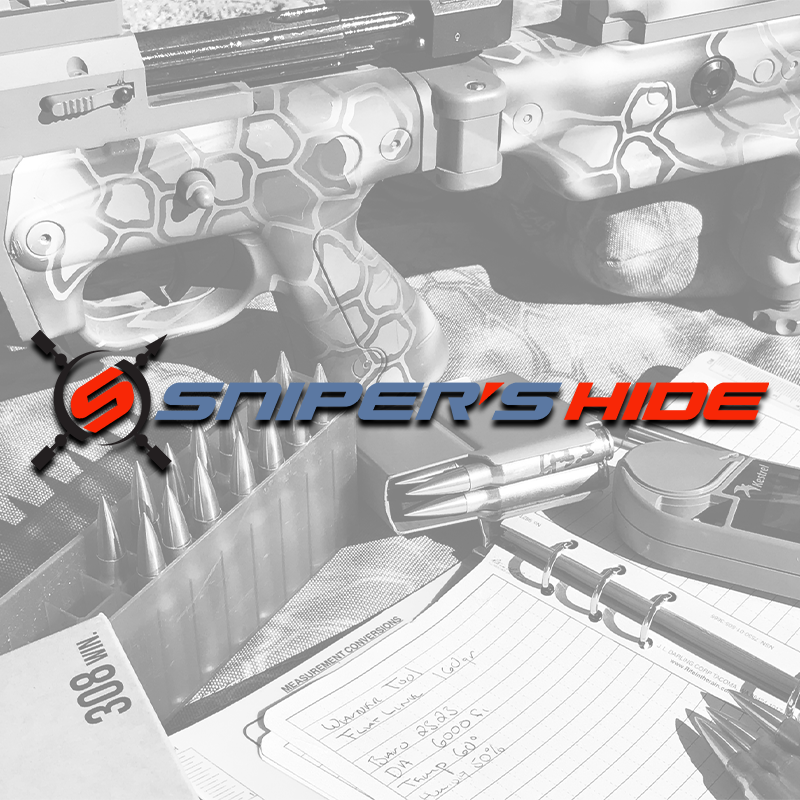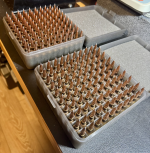Hello,
on my brass preparing process I use the Redding dry Lube for lubing the neck and Redding Imperial Wax.
I Lube the body of the case with Imperial Wax and the fingers and dip the neck on the dry lube then resize.
After that, I clean the exerior of the case with isopropil alcool.
I not use the same product/method for the interior of the neck.
Some time I use a brush, but I think that some residue of dry lube remain.
Have some advantage on seating with lube residue?
Making some advantage on consistency?
Thanks
on my brass preparing process I use the Redding dry Lube for lubing the neck and Redding Imperial Wax.
I Lube the body of the case with Imperial Wax and the fingers and dip the neck on the dry lube then resize.
After that, I clean the exerior of the case with isopropil alcool.
I not use the same product/method for the interior of the neck.
Some time I use a brush, but I think that some residue of dry lube remain.
Have some advantage on seating with lube residue?
Making some advantage on consistency?
Thanks




